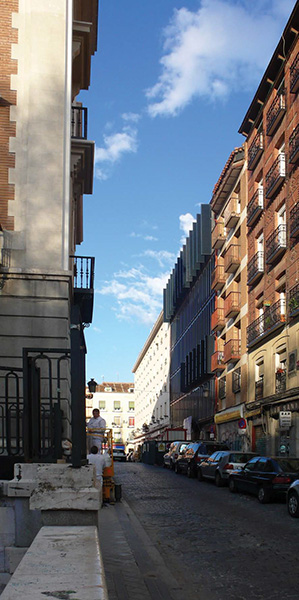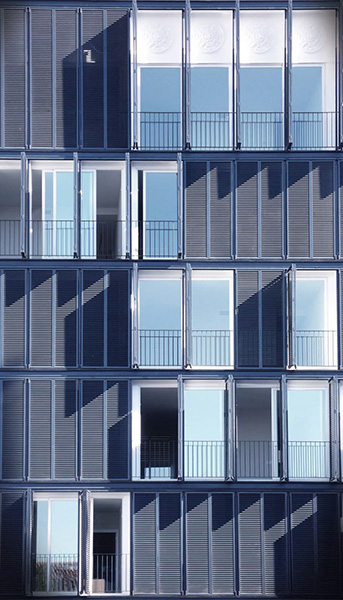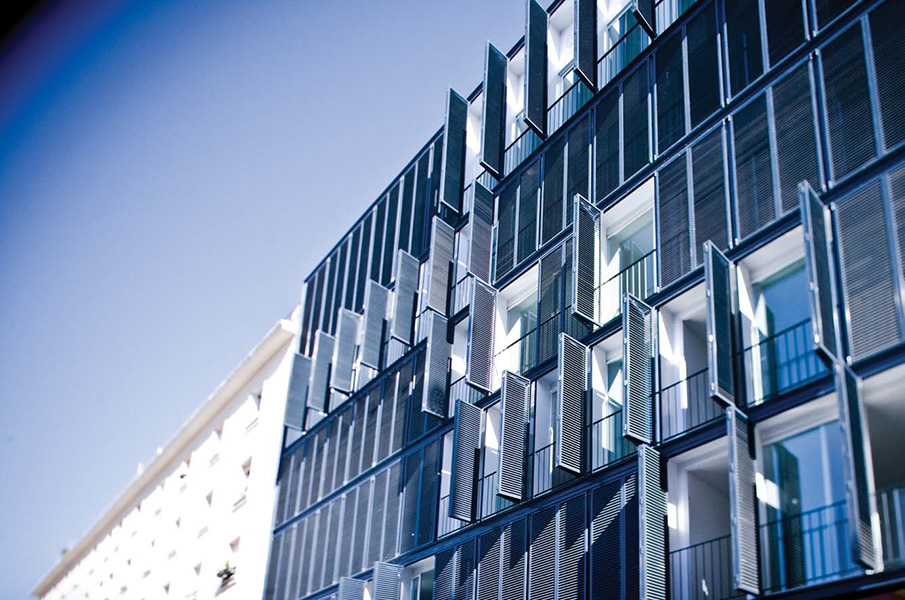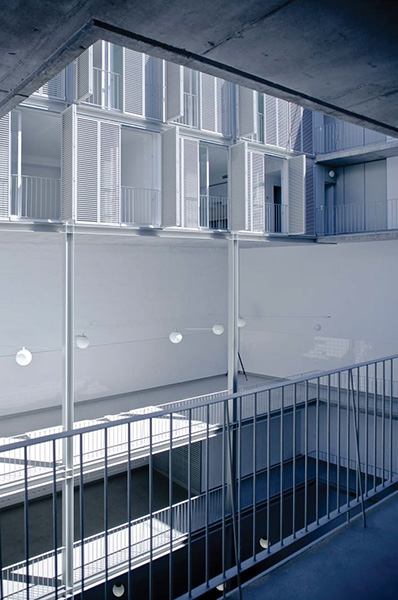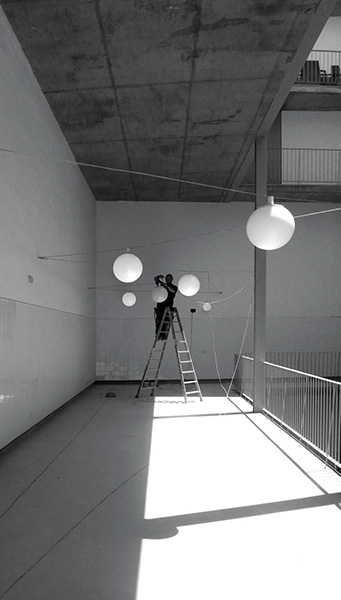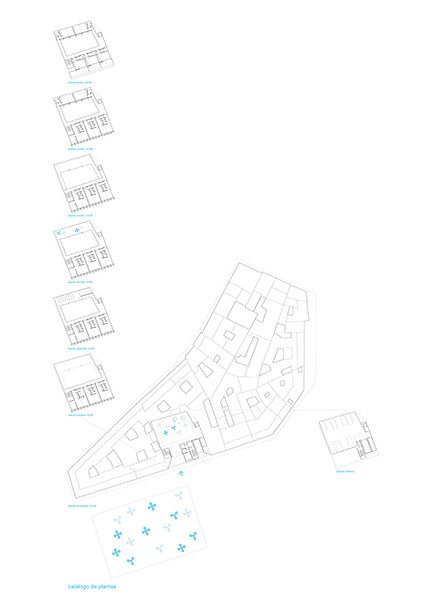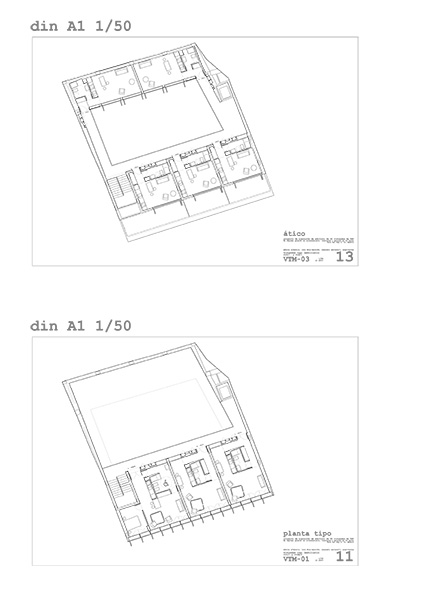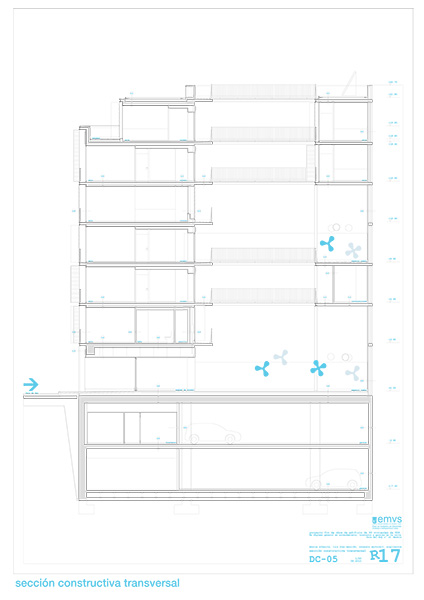OWNERSHIP
Empresa Municipal de la Vivienda y Suelo. Ayuntamiento de Madrid
Promoter: Empresa Municipal de la Vivienda y Suelo. Ayuntamiento de Madrid
Allotment rule: —
Reduction cost percentage compared to the market value:
rent: 50%
LOCATION
Country: Spain
City/town: Madrid
Address: C/vara de Rey 12

